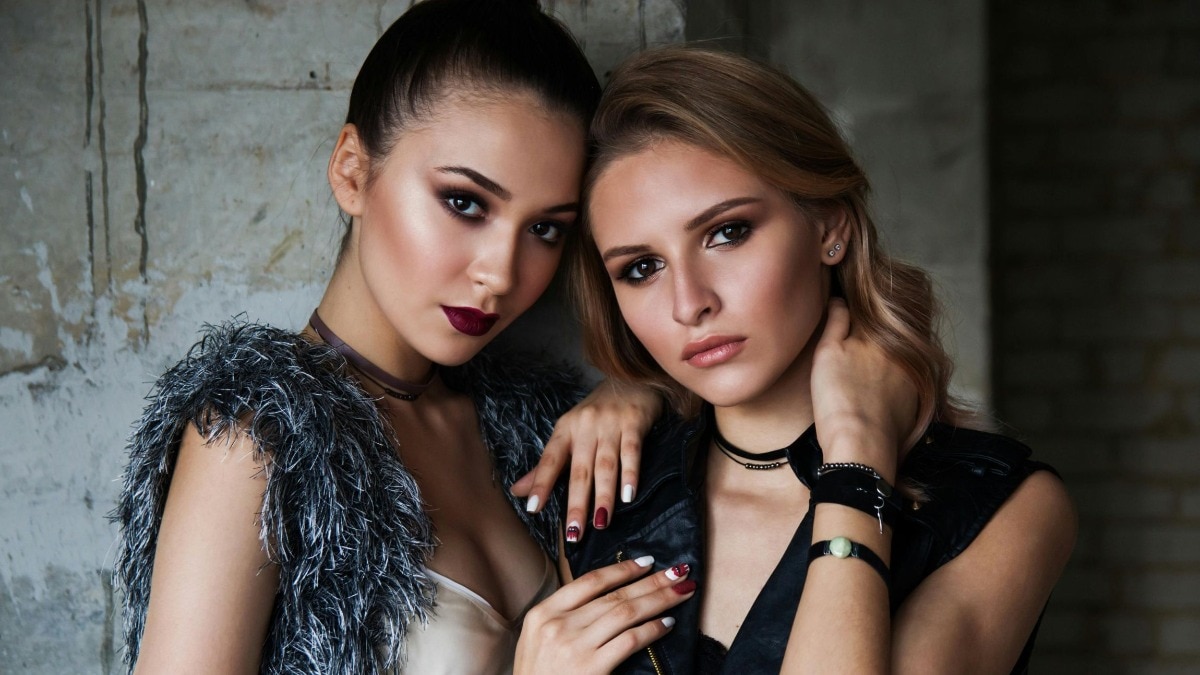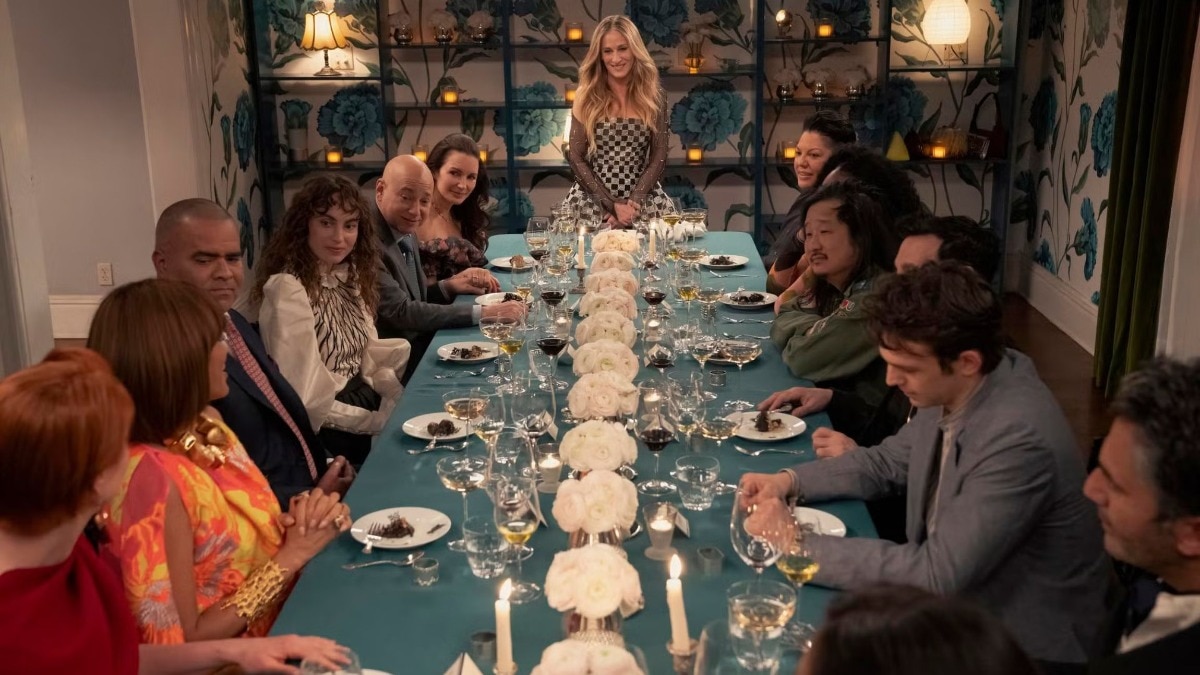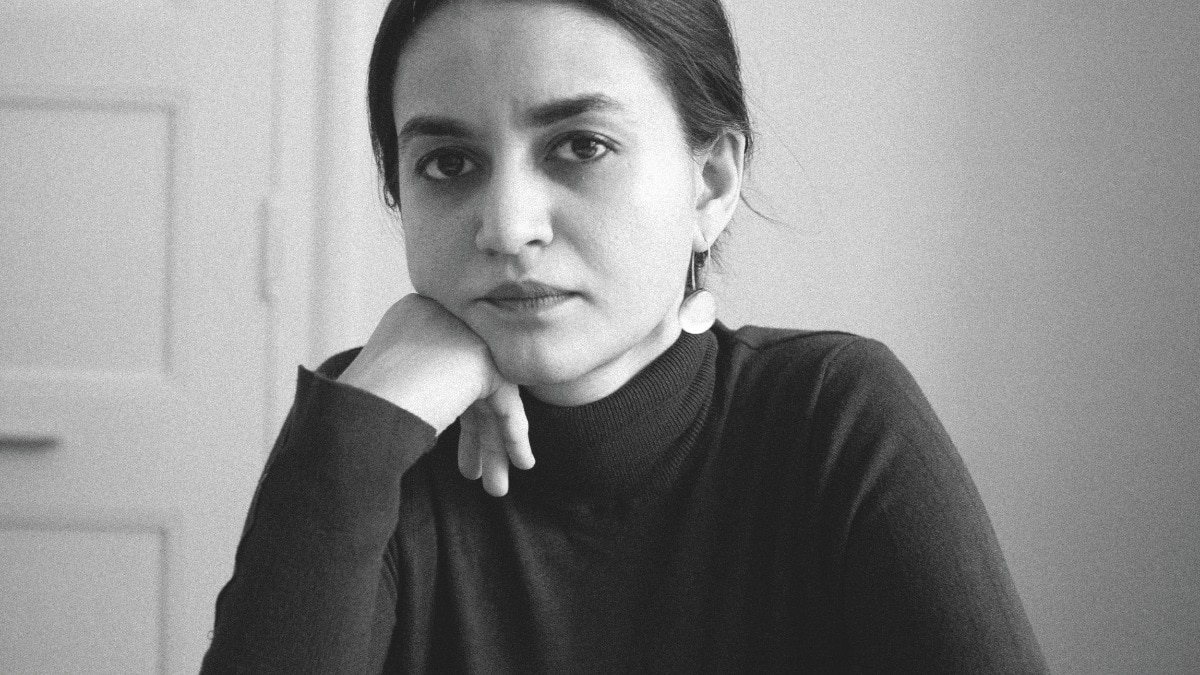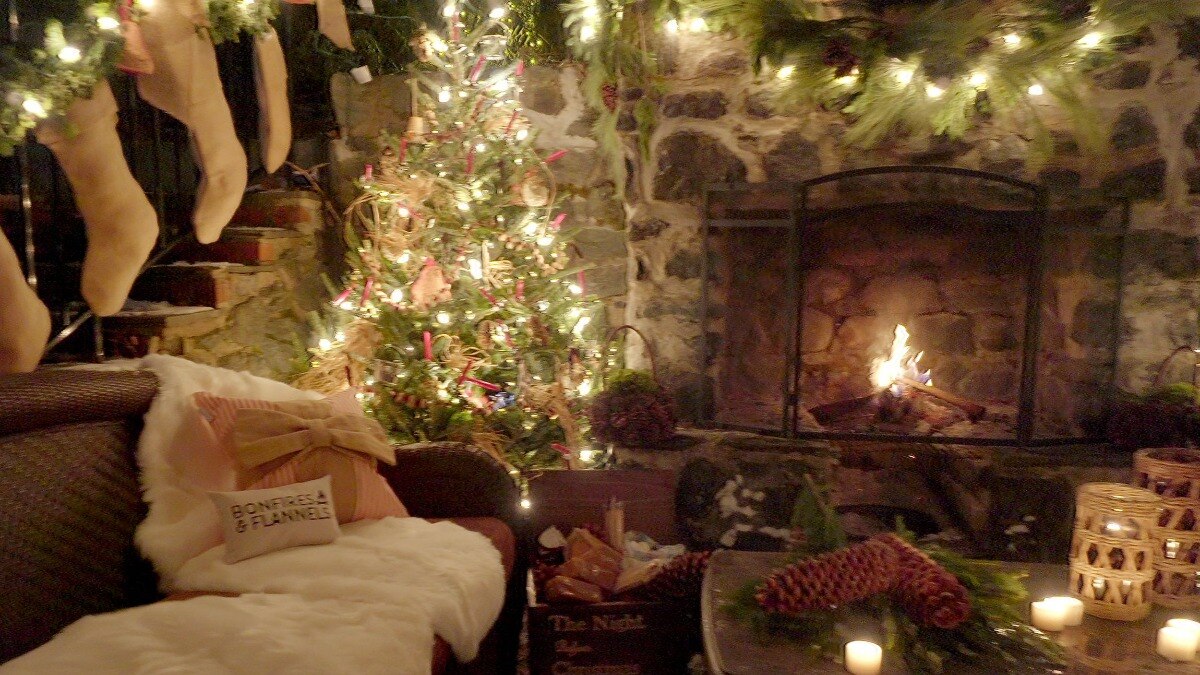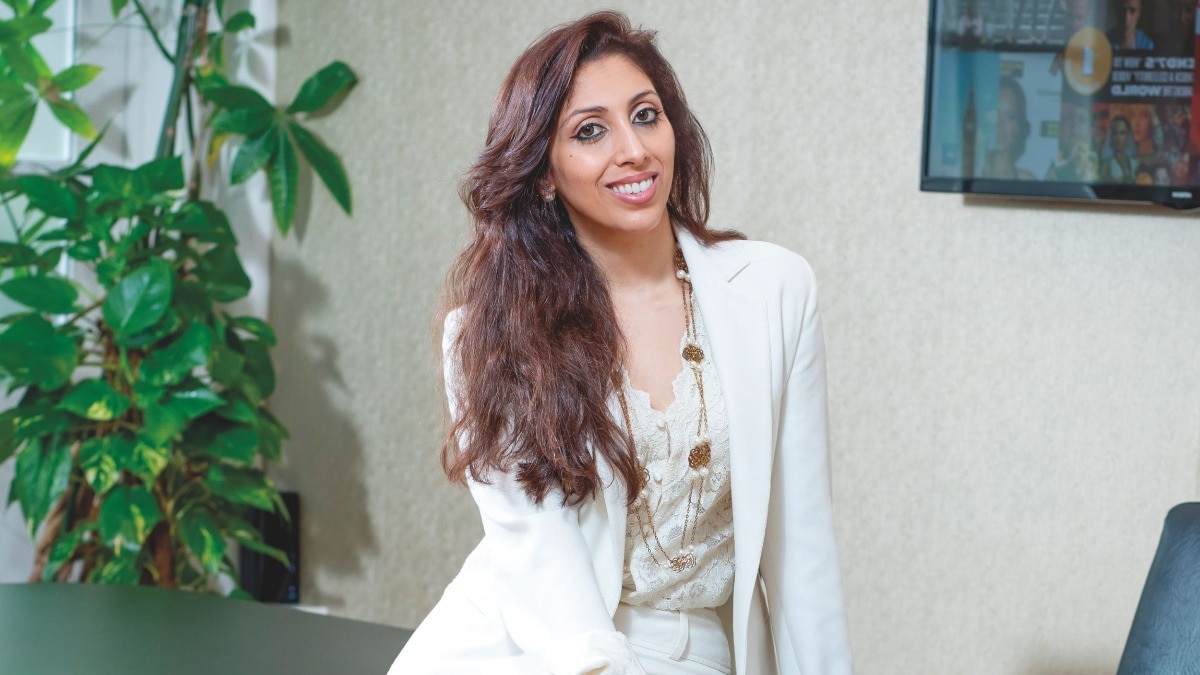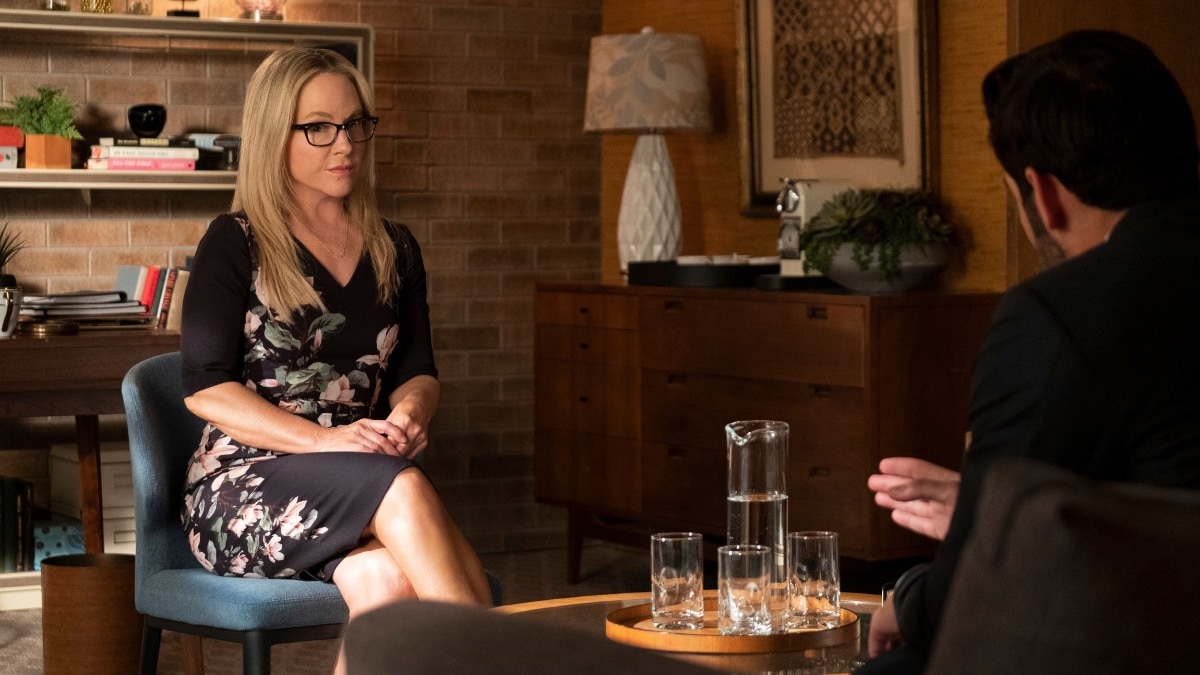#CopThis: The return of the layered haircut
'The Rachel' is having a renaissance, and its better than ever.


An interesting haircut with carefully placed layers and shorter bits around the face can modernise that supermodel look," legendary hair stylist Sam McKnight tells Bazaar over Zoom. "It will give you volume without too much work." And he should know. McKnight famously gave Princess Diana her iconic haircuts, has tended to countless supermodel locks and, most recently, gave actress Jodie Comer choppy, lived-in layers from the comfort of his kitchen.
The layered haircut: it’s all at once the most ubiquitous yet ambiguous hair terminology used by everyone from hair professionals to your best friend who’s looking for a subtle change. It’s gone through various iterations, from the fluffy, flippy Farrah Fawcett hair in the 70s, to the jagged, piece-y layers of the early 90s. In recent years, layers took a backseat in favour of more experimental styles—from the gamine pixie crop to pin-straight, waist-grazing lengths—but layers never truly went away. And for good reason.
"Blunt haircuts are very specific and less versatile; they only work on a certain genre of textures and are not designed for everyone," says Brixton Cowie, hairstylist at the Neil Moodie Studio. "Now, with the return to layered cuts, individuality of texture is being celebrated a lot more."
Larry King Salon’s Andreas Wild agrees, adding that today’s layered haircut does pay homage to the 90s, but in a fresher way. "I’ve got quite a lot of women who are not asking for the full Rachel Green but wanting elements of 'The Rachel'," he explains. "They want more layers, which gives them far more volume. Think 90s Cindy Crawford. It's not just having a long curtain frame, it’s a little bit more connected to the side now. You just have to be careful you don’t over-layer the hair because a lot of the time the hair can get a little bit too thin in the front."
From Jennifer Lopez's long layers to Kaia Gerber’s cool-girl shoulder length cut, there’s no denying that layers offer the kind of ease and versatility that other styles don’t. "The modern-day layered cut respects the different hair types and the individual’s texture much more than it did in the past. They are more bespoke and less formulaic," says Cowie. "They are designed to give a more relaxed style and they allow the hair to be more low-maintenance, without much styling involved, and allowing the natural texture to be enhanced."
Spotted in the current Dior beauty campaign are Cara Delevingne’s freshly trimmed layers by Neil Moodie. “I gave her longer layers through the hair to give it some volume and shape. I also gave her some face-framing layers to lift the front from hanging too heavy,” says Moodie, explaining how the model and actress wanted something that allowed her to wear her hair down as she grows out her undercut.

That said, there are endless styles that suit the layered cut too—whether that’s putting your hair in an up-do, adding in some waves, or a simple ponytail with cheekbone-grazing strands.
It's safe to say that most of us, at one point or another, have sat in a hairdresser’s chair and asked for "some layers added in." But it pays to have a more in-depth chat with your stylist before they pick up the scissors. "Ask your hairstylist to advise what kind of layers would work with your specific texture and talk about the lifestyle you lead. For example, do you wear your hair natural? Do you air-dry it or blow-dry? Do you use styling tools? Layering comes in many different forms and it's about the length of the layers working for you," advises Cowie.
This article was originally published on the Harper's Bazaar UK website on July 7, 2022.

